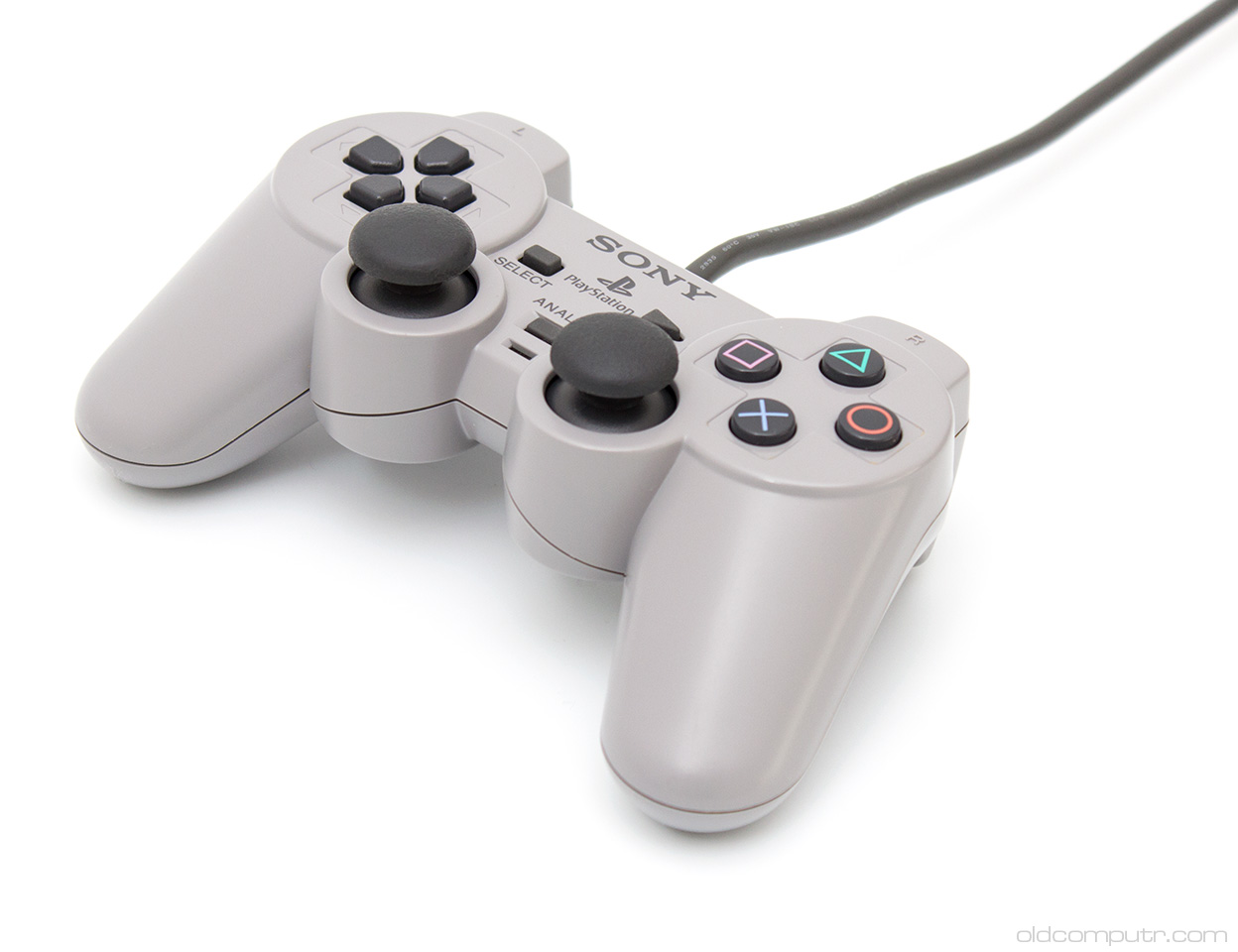
The life of the internal rechargeable battery, however, is still a low point in Sony’s controllers that the DualSense hasn’t come up with a solution to.
SONY PS1 CONTROLLER PS4
Also on the back: The PS4 light bar has been removed, and the microUSB charging port has been replaced with a USB-C port, which enables both quick charging and is reversible for easier inserting of the plug. They aren’t just critical inputs, but the primary conduits through which you “feel” what a game’s trying to tell you. The two features, working in tandem, make the triggers the centerpiece of the DualSense. And although the haptics are present throughout the controller, the most interesting, precise feedback comes through the triggers. L2 and R2 are longer, with a deeper pull, which I imagine help maximize the impact of DualSense’s two most substantial new features: precision haptic feedback and the so-called “adaptive triggers,” which creates resistance in them to simulate tension or otherwise provide physical feedback. “If you swing around back, the biggest, most exciting changes deal with the triggers. If you find the idea of having a hot mic in your hands unnerving, there’s a thin, clear mic mute button just below the PS logo. In at least one game, it also technically adds extra control options: in Astro’s Playroom, you are asked to blow into the mic to advance at certain points.

SONY PS1 CONTROLLER BLUETOOTH
Like the internal microphones on the Pulse 3D headset and Sony’s Bluetooth headphones, the mic just looks like a tiny dot on the outside, but is capable of picking up anything and everything directly around it. Below the PS button you have the new built-in microphone. Below that, the built-in speaker is also back, alongside a logo-shaped PS button. The DualShock 4 touchpad returns, but is now matte white, with an RGB light bar around the rim. In the center column, the “Share” button has been replaced with a “Create” button, and it pulls up a system-level menu that lets you choose between taking screenshots, recording a clip of what just happened, or starting a new recording. Though I wouldn’t call them clicky, there is a clear sound and feeling when you fully press the face buttons or D-pad. The buttons and D-pad, now white with grey symbols, push back faster than their predecessors and have a little more travel: both of which make them feel less squishy and provide a better sense of feedback. The layout of the DualSense comes over intact, more or less, from the DualShock 4, but there are some interesting new changes to some of the buttons, as well as new features that enhance gameplay in exciting ways. And there’s an incredible attention to detail: From the way the side panels flare up just a little bit on either side of the touchpad, to the textured grip on the back panel, which is actually made using tiny, almost indistinguishable versions of the PlayStation face button shapes. Its smooth curves and two-tone color scheme – white with black accents, including the analog sticks and triggers, by default – feels like a paradigm shift after three generations of discreet, single-color Sony gamepads. Aesthetically, the DualSense feels like a dramatic shift from the DualShock 4. That weight is well-balanced, though, and ultimately leads to a more comfortable feeling as you hold it.

Weighing 282 grams, it's considerably heavier than the DualShock 4’s 215 grams.

Though the overall shape has changed just slightly – 6.25 x 4.22 x 2.47 inches (WDH) versus the 6.22 x 3.94 x 2.44 of the DualShock 4 – it has longer, beefier handles, which rest and fit in your hands better because there’s simply more controller to grip. Sony DualSense – Design and FeaturesThe general shape may look very similar to the DualShock 4, but the DualSense makes some incredibly bold changes to the formula, both big and small.


 0 kommentar(er)
0 kommentar(er)
